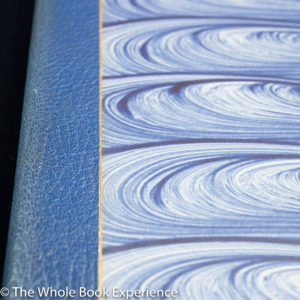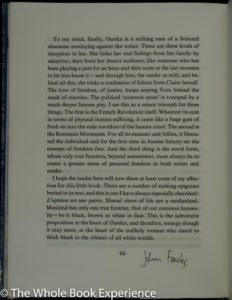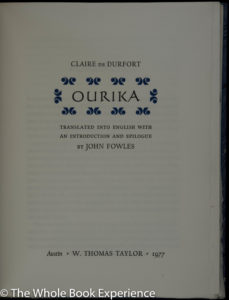 Ourika by the Bird & Bull Press is just the kind of happy discovery I love as a reader who happens to also love private press books. My favorite private press books are the ones that give me joy in their making: in the paper, the presswork, the design, maybe the illustrations, and all the other small and large features that their creators manifested within their covers. But they also give me some literature to read and an inescapable excuse to spend hours in tactile communion with the book. It is especially delightful to find literature that surprises me in being either outside the classic canon completely or an obscure or unknown (to me) gem within the canon. This particular discovery of Ourika also furthers my desire to read more women authors in fine press and also dovetails into my current efforts to read more literature of or about Africa.
Ourika by the Bird & Bull Press is just the kind of happy discovery I love as a reader who happens to also love private press books. My favorite private press books are the ones that give me joy in their making: in the paper, the presswork, the design, maybe the illustrations, and all the other small and large features that their creators manifested within their covers. But they also give me some literature to read and an inescapable excuse to spend hours in tactile communion with the book. It is especially delightful to find literature that surprises me in being either outside the classic canon completely or an obscure or unknown (to me) gem within the canon. This particular discovery of Ourika also furthers my desire to read more women authors in fine press and also dovetails into my current efforts to read more literature of or about Africa.
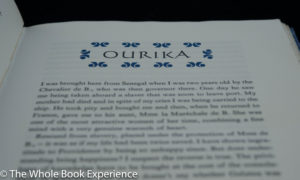 The introduction and epilogue by John Fowles were fascinating. It appears to be one of his favorite books and one that he therefore took much delight in translating. Calling it the “first serious attempt by a white novelist to enter a black mind,” he writes that it is amazing for coming from a very right-leaning royalist and conservative woman in the time of the French Revolution. He goes so far as to say Ourika comes “not only from the right, but the extreme right.” He closes his epilogue with the following paragraph:
The introduction and epilogue by John Fowles were fascinating. It appears to be one of his favorite books and one that he therefore took much delight in translating. Calling it the “first serious attempt by a white novelist to enter a black mind,” he writes that it is amazing for coming from a very right-leaning royalist and conservative woman in the time of the French Revolution. He goes so far as to say Ourika comes “not only from the right, but the extreme right.” He closes his epilogue with the following paragraph:
I hope the reader here will now share at least some of my affection for this little book. There are a number of striking epigrams buried in its text, and this is one I have always especially cherished: L’opinion est une patrie. Shared views of life are a motherland. Mankind has only one true frontier, that of our common humanity–be it black, brown or white in face. This is the subversive proposition at the heart of Ourika; and therefore, strange though it may seem, at the heart of the unlikely woman who dared to think black in the whitest of all white worlds.
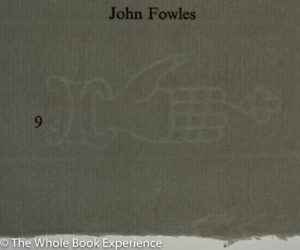 The history around the author and the book is fascinating, including the real history around the author and the historical fiction around Ourika and her patron Mme la Maréchale de B. The book and its characters even found their way into Fowles writing and dreams. While I have never read his French Lieutenant’s Woman, I do vaguely recall the movie. He implies that both Ourika and his book are examples of a “case history of an outsider, of the eternal étranger in human society.”
The history around the author and the book is fascinating, including the real history around the author and the historical fiction around Ourika and her patron Mme la Maréchale de B. The book and its characters even found their way into Fowles writing and dreams. While I have never read his French Lieutenant’s Woman, I do vaguely recall the movie. He implies that both Ourika and his book are examples of a “case history of an outsider, of the eternal étranger in human society.”
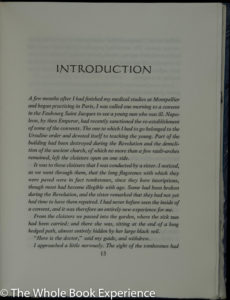 Ourika’s dilemma is, of course, no fault of her own but a symptom of the imperfect society she was purchased into, even as she was lovingly raised to be an almost perfect French debutante:
Ourika’s dilemma is, of course, no fault of her own but a symptom of the imperfect society she was purchased into, even as she was lovingly raised to be an almost perfect French debutante:
The crux of the problem lies in the rejecting culture, not the outsider; in the culture that will not concede equality and fraternity, even when it ethos and its behaviours are possessed in every external manner by the would-be candidate for entry.
It is no wonder despair and circumstances sends her eventually to the convent and an untimely death. French Society of that time just was not equipped to deal with her once 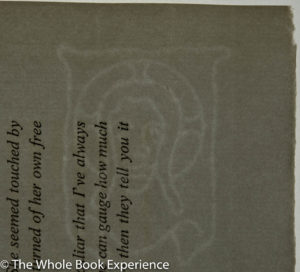 the novelty of her childhood and adolescence wore off and the patronage of her “family” changed. There was only one solution for de Durfort and Ourika:
the novelty of her childhood and adolescence wore off and the patronage of her “family” changed. There was only one solution for de Durfort and Ourika:
The characteristic solution–characteristic of dominant classes all through the ages, but especially characteristic of the Restauration, with its motto of ‘Throne and Altar’–that Clair thrusts upon Ourika, and which we may read as her public answer to the political problems of the early nineteenth century, is that of ‘consoling’ religion. The diagnosis and the proposed remedy are clear: education is
dangerous if it cannot award socially the privileges it proposes theoretically. It is therefore much safer to lead the ignorant into the sheepfold called the Church than to set them loose on the fields of knowledge.
Apparently, we are still struggling with this dilemma in some ways 200-plus years later.
The most striking feature of this book as an object is the paper and presswork. The paper is Green’s Hayle from the now defunct Hayle Mill and features no less than four 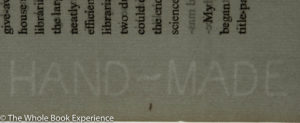 watermarks. I hadn’t thought I had seen such an abundance before, (and I love watermarks!), but after looking through my other books I found that Barbarian Press’ The Seasons: 4 Bagatelles also used a Hayle paper for Under Vermilion Wheels: Poems for Autumn and features slight variations on the same four watermarks. That book’s review can be found here. The paper for Ourika still has that delicious aroma of mouldmade paper forty years after its printing. And it was simply delightful to feel the paper with each turn of the page.
watermarks. I hadn’t thought I had seen such an abundance before, (and I love watermarks!), but after looking through my other books I found that Barbarian Press’ The Seasons: 4 Bagatelles also used a Hayle paper for Under Vermilion Wheels: Poems for Autumn and features slight variations on the same four watermarks. That book’s review can be found here. The paper for Ourika still has that delicious aroma of mouldmade paper forty years after its printing. And it was simply delightful to feel the paper with each turn of the page.
The use of blue ink in the ornamentation for the title page and the first chapter is a beautiful touch that adds elegance to this slim volume and ties in the with blue of the marbled paper boards and the blue leather of the quarter binding. The edges of the boards are the main place my copy shows its age, as there is a bit of rubbing along the edges of the boards. There is a bit of sunning to the spine of my copy as well.
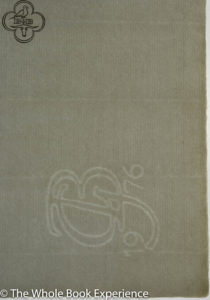 Overall, this is a delightful book both for its literary significance, the commentary of John Fowles, and for the design, craft, and beauty of the edition. Bird & Bull Press focused its output more on the craft of printing, paper-making, and book design, but when Henry Morris published some literature, it seems he went towards very eclectic selections like Ourika. Kudos to them for bringing Clair de Durfort to my attention. I wish more private presses would print women writers!
Overall, this is a delightful book both for its literary significance, the commentary of John Fowles, and for the design, craft, and beauty of the edition. Bird & Bull Press focused its output more on the craft of printing, paper-making, and book design, but when Henry Morris published some literature, it seems he went towards very eclectic selections like Ourika. Kudos to them for bringing Clair de Durfort to my attention. I wish more private presses would print women writers!
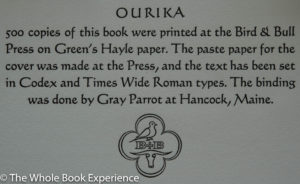 AVAILABILITY: While the Bird & Bull Press is no longer in operation, copies of this edition can occasionally be found on the 2nd-hand market.
AVAILABILITY: While the Bird & Bull Press is no longer in operation, copies of this edition can occasionally be found on the 2nd-hand market.

